 Auto Expo 2025: Toyota Prius Explained In Our Detailed Image Gallery!
Auto Expo 2025: Toyota Prius Explained In Our Detailed Image Gallery!
 In Pics: Maruti Suzuki Showcases At The Auto Expo 2025
In Pics: Maruti Suzuki Showcases At The Auto Expo 2025

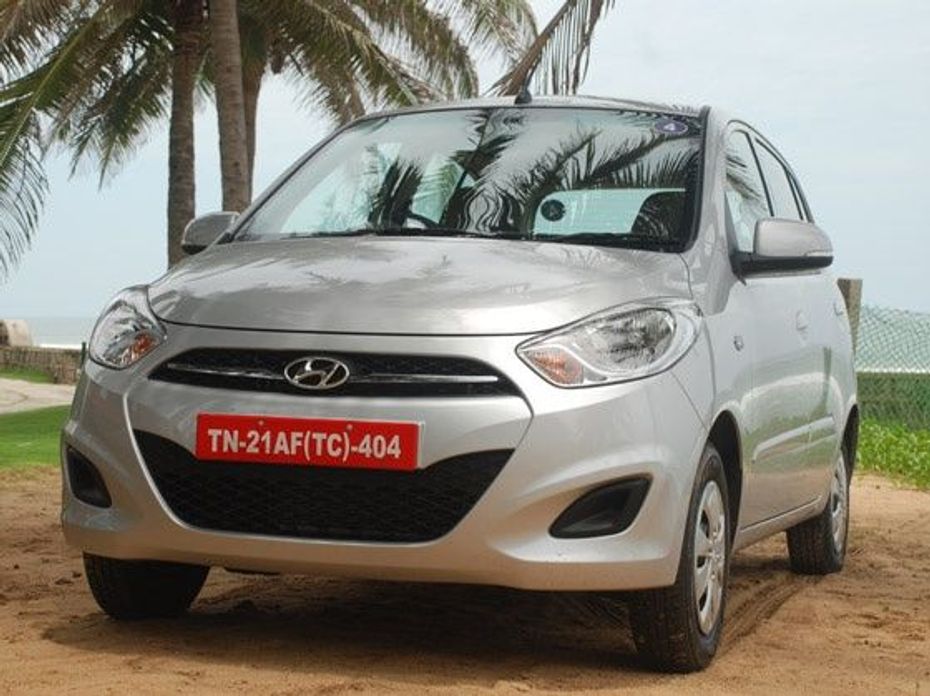
The first time I laid eyes on the i10 in 2007, it was quite a bit of confusion that resulted in a mini-brawl between us auto-journo colleagues and for the oddest of reasons. While everyone agreed to the fact that the car was definitely quite able in every sphere of ownership, the debate was actually about whether the Hyundai i10 - then equipped with the 1.1 litre iRDe engine was qualified enough in the 'cuteness' department to be dubbed the new 'bug' or not. Personally, with its innocent face and plump proportions, I thought it was perfect for the 'bug' tag and if the car's sales figures history is anything to go by, one can assume that the Indian populace took a special liking to the i10 - and that's quite a bit of an understatement to say the least.
Then came the i10 Kappa sporting the peppier and more frugal 1.2 litre engine with the same exterior design as its smaller engined sibling, which again took Hyundai's sales charts soaring again. But with 2009 and 2010 seeing quite a few cars straddling the entry and big hatchback segments, Hyundai wasn't going to sit around and watch the world go by. Besides, after a life of 3 years, it was time for a little bit of change to the i10.
Design
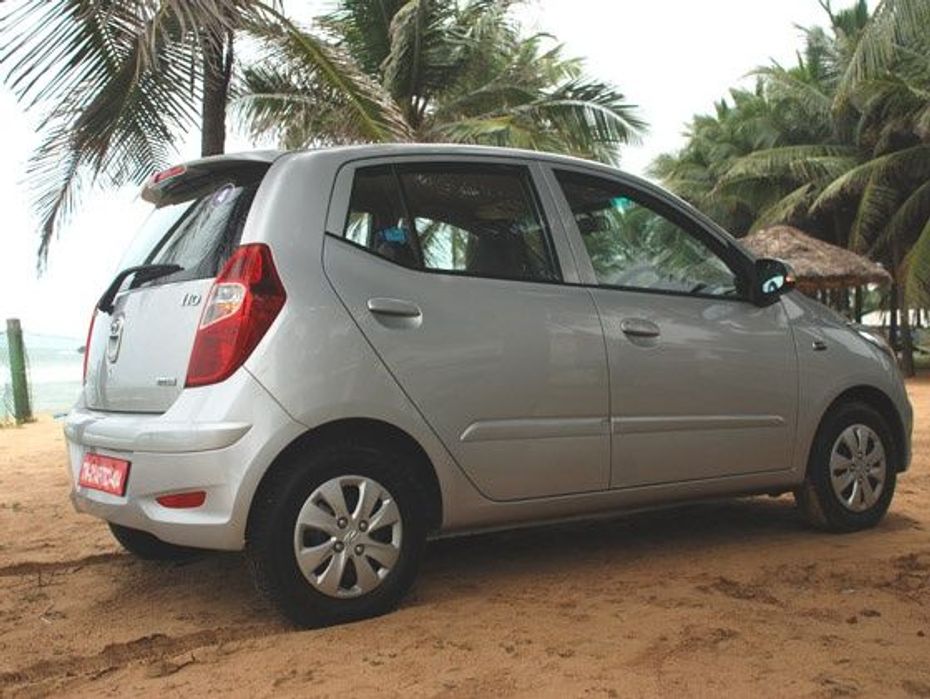
Design and changed is what the i10 most certainly is! The funkiest bit of the new design that the Korean manufacturer has developed for the car is the fact that it looks so different and yet is so distinctly identifiable as the i10. The world over, design philosophy in the Hyundai camp has changed. The next-gen i10 is a continuation of the same theme - central of which is the skewed hexagonal front end treatment of the grille and air dam split by a horizontal frame that doubles up as the mount for the front license plate. On either side of the air dam are the black shrouded inserts for the multi-reflector fog lights available on the top-end Asta variants. The headlamps have been redesigned to go with the hexagonal design theme and overall it makes the new i10 look extremely aggressive and angry - and totally desirable all over again!
The rest of the car is left pretty much unchanged at first glance, but the beauty is in the details - slightly redesigned tail lamp cluster, body-coloured rubbing strips on the sides and an all new rear bumper with sharp reflectors on the far corners. The new i10 also gets turn indicators on the wing mirrors as standard fitment - a first in its class.
Interiors
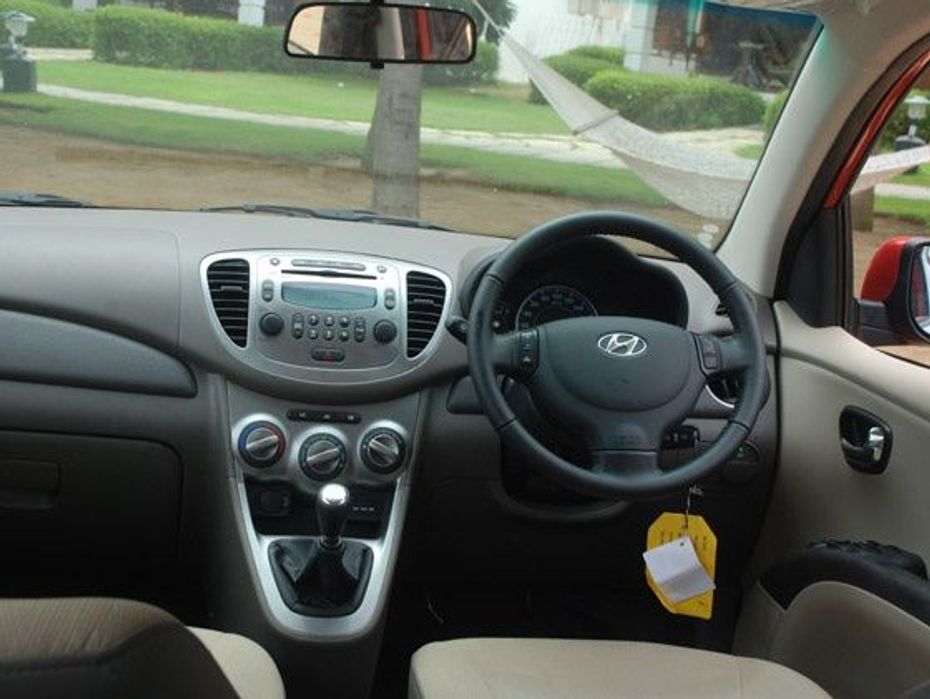
Step inside and you'll be greeted by the now-familiar i10 cabin but with changed seat fabrics and a more likeable light-brown and beige two-tone colour scheme for the dash. The centre console that houses the music system and the air con controls gets a metal finish and all the screens get blue illumination - instantly transforming it into an extremely sporty ambience. The instrument cluster too remains hardly unchanged but for the fact that the new i10 has ditched the analog fuel gauge for a digital set that also houses the odometer and tripmeters. The car even brings in a very functional gear shift indicator on the tiny rectangular LCD screen just above the odometer that compares the car's speed with the engine revs and tells you whether you need to shift up or down a gear!
The settings for this gear shift indicator are based on squeezing the best possible fuel efficiency though, so if you're in a hurry and feel like a little bit of spirited driving, it's best to turn a blind eye to this otherwise very functional add-on. And while we're on the subject of gadgets, how does Bluetooth connectivity with steering mounted controls and an AUX as well as USB port for the sound system sound We're quite impressed and I'm sure you will be too! Then there are also reverse parking sensors, ABS and front airbags for driver and passenger on the top-end i10s! The list doesn't end there ? Hyundai has also thrown in keyless entry, a height adjustable driver's seat, two power outlets and electrically heated mirrors as well.
Engines
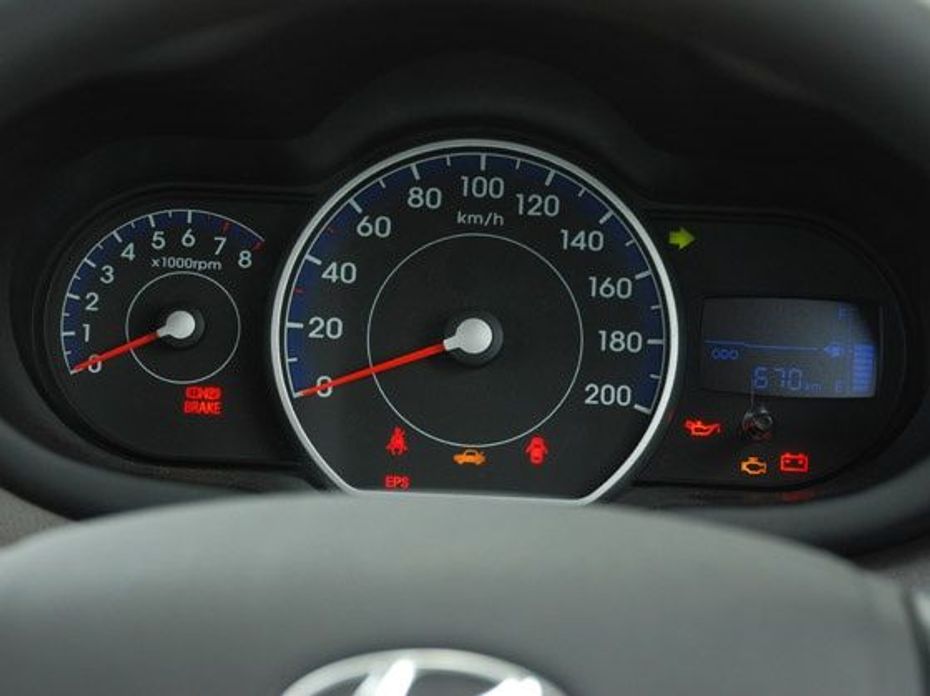
The new i10s changes aren't just cosmetic - the biggest change in character that the car gets is in its engines. While Hyundai will continue selling both the iRDe and the Kappa engines side-by-side just the way they have been doing till now, both engines get upgrades. The 1.1 litre iRDe2 now sports bigger intake and exhaust valves as well as a special coating on its pistons. All this takes the 1.1 litre i10's power up to 69PS @ 5500rpm and torque is almost at 100Nm @ 4000rpm ? slightly more powerful than the erstwhile iRDe unit. But the real story with the new i10 is in the engine bay of the 1.2 litre Kappa2. We already know that the outgoing Kappa engine itself was a decently peppy performer and for the Kappa2, Hyundai has left most of it unaltered. The big change though, is in the head.
The 1197cc petrol engine now gets variable valve timing technology ? a fact proudly displayed on the car's fender with the 'VTVT' badge. While this hasn't really bumped up power or torque figures in the absolute sense which are still at 80PS and 112Nm, the power peaks at a higher 6000rpm. But what VTVT really does is make the i10 Kappa2 a whole lot more driveable than it ever was ? a short drive in choc-a-block city traffic will definitely give an able demonstration. It also makes this engine even more fuel efficient than it was ? Hyundai claims an ARAI certified figure of 20.36 kmpl ? a figure that can be well-achieved if driving is adhered to based on what the gear shift indicator suggests!
First impressions
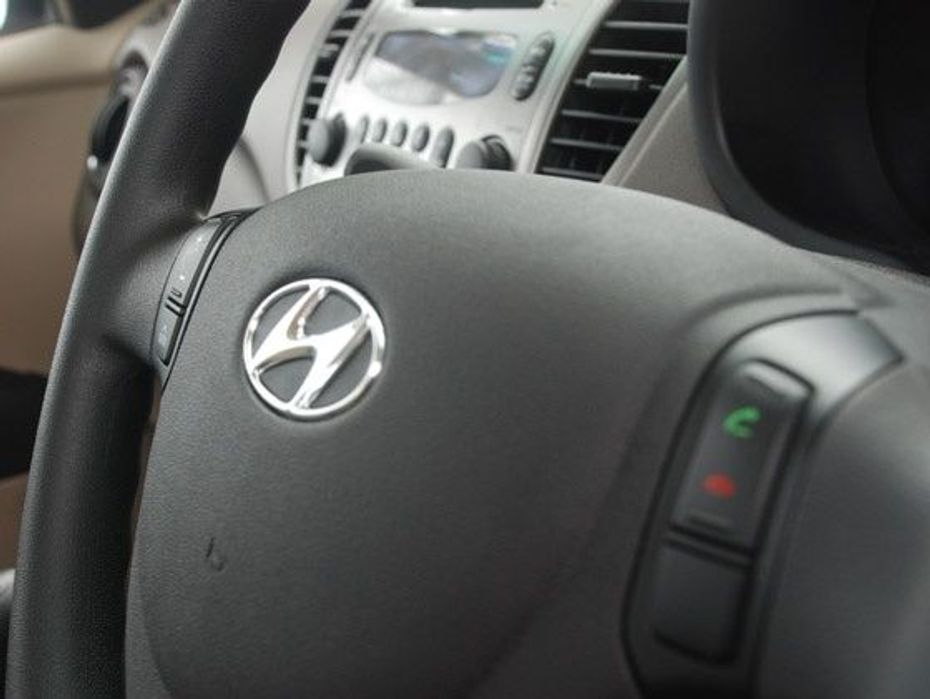
That's about it as far as changes with the new i10 Kappa2 and the i10 iRDe2 are concerned, except for the front disc brakes that find their way in too. The suspension setup is pretty much the same and with the car's length being increased by 20mm but the wheelbase remaining intact, in-cabin space stays the same as well. What the i10 Kappa2 is now bringing into the Indian market is technology - both in terms of gadgets as well as engine technology, in a segment that hasn't seen much of both yet. The new design theme has also made the i10 more desirable - it's given the Korean hit a shot in its tail to battle with ever-growing competition.
 Maruti Alto K10
Maruti Alto K10
 Renault KWID
Renault KWID
 Maruti S-Presso
Maruti S-Presso
 Vayve Mobility Eva
Vayve Mobility Eva
 Bajaj Qute
Bajaj Qute
India's largest automotive community
 Auto Expo 2025: Toyota Prius Explained In Our Detailed Image Gallery!
Auto Expo 2025: Toyota Prius Explained In Our Detailed Image Gallery!
 Here’s When The Audi RS Q8 Facelift Will Be Launched In India!
Here’s When The Audi RS Q8 Facelift Will Be Launched In India!
 Here Is The List Of Cars Tata Showcased At Bharat Mobility Global Expo 2025
Here Is The List Of Cars Tata Showcased At Bharat Mobility Global Expo 2025
 First In 2022 And Now In 2025! What The Tata Avinya Really Is? – Here’s All You Need To Know
First In 2022 And Now In 2025! What The Tata Avinya Really Is? – Here’s All You Need To Know
 Hyundai Creta
Rs. 11.10 Lakh
Hyundai Creta
Rs. 11.10 Lakh
 Hyundai Venue
Rs. 7.94 Lakh
Hyundai Venue
Rs. 7.94 Lakh
 Hyundai Verna
Rs. 11.07 Lakh
Hyundai Verna
Rs. 11.07 Lakh
 Hyundai i20
Rs. 7.04 Lakh
Hyundai i20
Rs. 7.04 Lakh
 Hyundai Creta Electric
Rs. 17.99 Lakh
Hyundai Creta Electric
Rs. 17.99 Lakh
 Maruti Swift
Rs. 6.49 Lakh
Maruti Swift
Rs. 6.49 Lakh
 Maruti Baleno
Rs. 6.66 Lakh
Maruti Baleno
Rs. 6.66 Lakh
 Maruti Wagon R
Rs. 5.54 Lakh
Maruti Wagon R
Rs. 5.54 Lakh
 Tata Tiago
Rs. 4.99 Lakh
Tata Tiago
Rs. 4.99 Lakh
 Maruti Alto K10
Rs. 3.99 Lakh
Maruti Alto K10
Rs. 3.99 Lakh